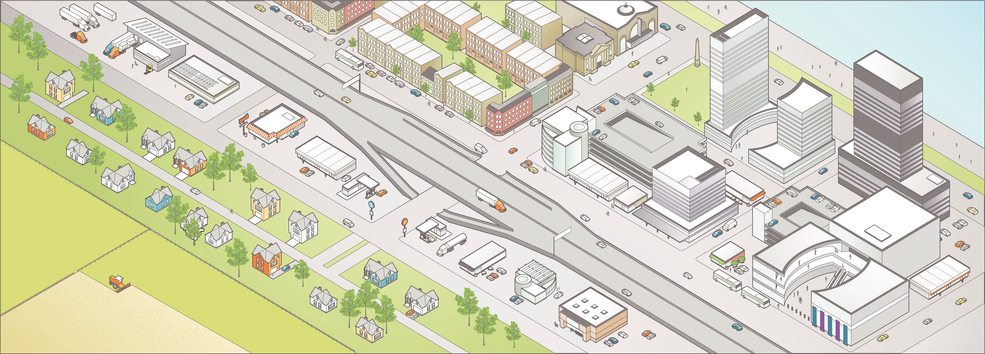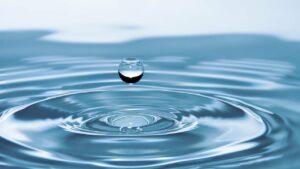A study involving NASA researchers shows the American lawn is the most prevalent crop in the country.
A new study co-authored by NASA scientists shows that the American lawn is now the No. 1 irrigated “crop” in the United States.
The study resulted in a paper called, “A Strategy for Mapping and Modeling the Ecological Effects of U.S. Lawns”. It shows that American lawns take up an area three times larger than that of any other irrigated crop in the country, which could serve to have a two-pronged effect on the environment.
“Lawns are ubiquitous in the American urban landscapes. However, little is known about their impact on the carbon and water cycles at the national level,” the study authors say.
According to the research, which involved the use of NASA satellite imagery, lawns increase carbon sequestration. On the other hand, American lawns take massive amounts of water to keep alive, especially in drought-stricken areas of the country like California.
According to the study’s findings, roughly 163,812 square kilometers of land are cultivated with some form of lawn in the continental United States — that’s a total land area the size of Wisconsin.
That’s gone up from 128,000 square kilometres in 2005 — an increase of 22 percent.

Lawn Love Affair
Americans love their lawns. A 2015 survey commissioned by the American Association of Landscape Professionals (AALP) shows that well-maintained yards are important to American homeowners — most Americans think it is important to have a yard (83 percent of those surveyed) and 90 percent think it is important that their yard be well-maintained.
They also agree (84 percent) that the quality of a home’s landscaping would affect their decision about whether or not to buy a home, and while women are more likely than men to say having their yard well-maintained is very important, men are more likely than women to claim that they possess the knowledge and skill necessary to keep their lawn and plants healthy and looking good (75 percent versus 67 percent, respectively).
“The survey results show how deeply Americans value their yards and value professional help to maintain it,” said AALP chief executive Sabeena Hickman.
The NASA analysis “indicates that turf grasses, occupying about two percent of the surface of the continental U.S., would be the single largest irrigated crop in the country.” The researchers found that because lawns act as “carbon sinks”, soaking up excess carbon dioxide from the atmosphere, they have value in helping mitigate the effects of climate change, “even assuming removal and bagging of the grass clippings after mowing.”
But the study uncovered something the researchers say is cause for concern, and that’s the enormous amount of water required to keep all these lawns properly watered.
If all the lawns in the U.S. were well watered following commonly recommended schedules, there would also be an enormous pressure on American water resources, especially when considering that drinking water is usually used to irrigate lawns, the researchers note.
“At the time of this writing, in most regions outdoor water use already reaches 50-75 percent of the total residential use. Because of demographic growth and because more and more people are moving towards the warmer regions of the country, the potential exists for the amount of water used for turf grasses to increase.”
They conclude that the beneficial effects of turf grasses, such as a carbon sequestration but also recreation, storm runoff reduction due to increased soil infiltration in occasions of intense rainfall, and removal of impurities and chemicals during percolation of the water through the root zone, could be sought by minimizing the application of fertilizers and pesticides, introducing lower input species mixes such as clover and other so-called weeds, on-site decomposition of grass clippings, and extending the practise of irrigating with wastewater rather than with drinking water.











